Manufacturing custom webbing for military and industrial applications requires precise specifications for successful color matching and pattern reproduction. Our production experience reveals that most ordering challenges stem from incomplete technical requirements and unclear performance expectations.
To order custom webbing, provide Pantone color codes, width and thickness with tolerances, 600+ dpi pattern files, end-use details, and any required standards (e.g., ASTM D6636, MIL-STD-810). Lead time is 3–8 weeks with ±2.0 ΔE*ab color accuracy. Minimums range from 500–2,000 yards based on method.
This guide provides specification requirements, method selection criteria, and quality protocols ensuring your custom webbing meets exact design and compliance standards.
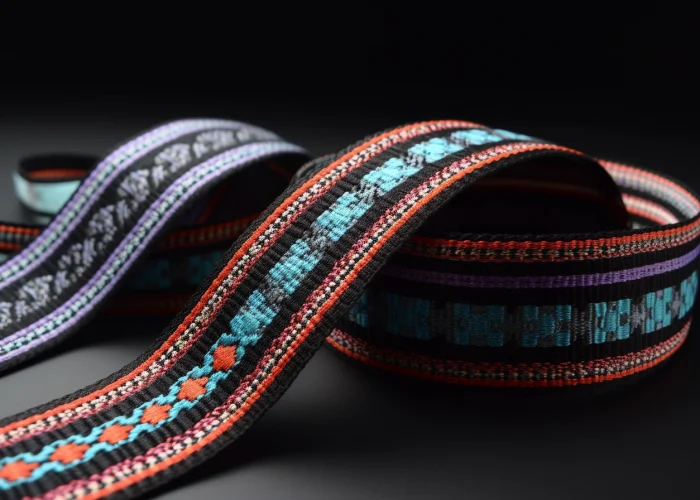

Webbing manufacturing expert with 15+ years of experience helping product developers build high-performance straps for industrial, medical, and outdoor use.
Successful custom webbing orders require complete and structured documentation. In our manufacturing experience, this includes:
✅ Quick Checklist:
📊 Why It Matters:
Based on our internal project data:
🛠️ Application-Specific Needs:
✅ Pro Tip:
Before requesting a quote, assemble a documentation package that includes:
Our engineering team offers template-based spec guidance to reduce errors, shorten lead times, and optimize your webbing design for production.
Dye sublimation is the best method for complex, multi-color patterns on polyester webbing, while screen printing is more suitable for simple logos and high-volume production across various materials.
Method Comparison:
Method Best Use Material Compatibility Key Strengths
Dye Sublimation High-resolution, multi-color Polyester only 600+ dpi, excellent colorfastness
Screen Printing Simple designs, large runs Nylon, polyester, cotton Fast setup, economical for large batches
Heat Transfer Small batch, moderate detail Most materials Quick turnaround, lower wash durability
Digital Printing Prototypes, full-color Polyester preferred No setup cost, high detail, higher unit price
Key Insights:
For defense applications like camouflage, dye sublimation ensures pattern consistency and compliance with visual ID standards. For commercial gear or brand labeling, screen printing balances cost and visibility.
Always verify that patterning methods meet durability and environmental regulations (e.g., OEKO-TEX®, REACH, or ISO 105-B02 colorfastness).
Our recommendation: Use dye sublimation for detail-rich designs on polyester, and screen printing for cost-efficient, simple visuals across a broader range of webbing materials. We match your design, durability, and budget needs to the most efficient method.
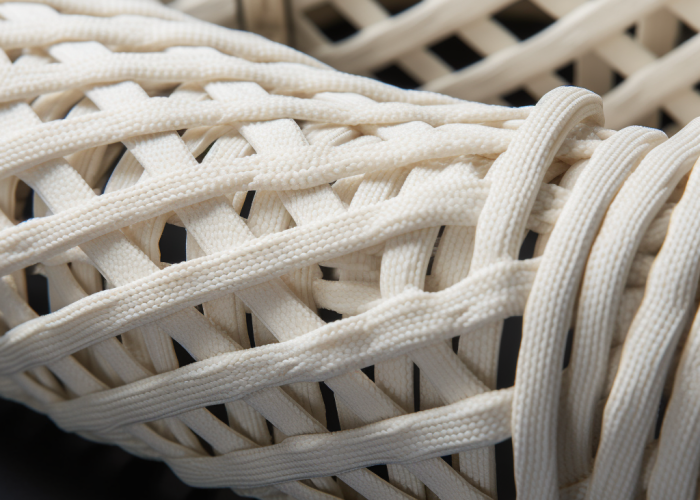
Custom webbing samples should be evaluated through four key steps: visual inspection, dimensional accuracy checks, performance testing, and application-based field validation.
Evaluation Checklist:
Step Purpose Key Metrics
Visual Inspection Assess color, print alignment, surface finish ΔE ≤ 2.0 (spectrophotometer)
Dimensional Check Verify width, thickness, tolerances ±0.5 mm width; ±5% thickness
Mechanical Testing Confirm tensile, abrasion, UV performance Matches spec: tensile >2,000 lbs, etc.
Field Validation Simulate real use conditions 90% of issues found before full production
Key Insights:
All evaluations should be documented. Define acceptance criteria before testing begins and ensure results are signed off before production.
Our recommendation: Perform full-scope sample checks with documented test results. We provide structured evaluation protocols tailored to your application—ensuring that production meets both performance and compliance expectations.
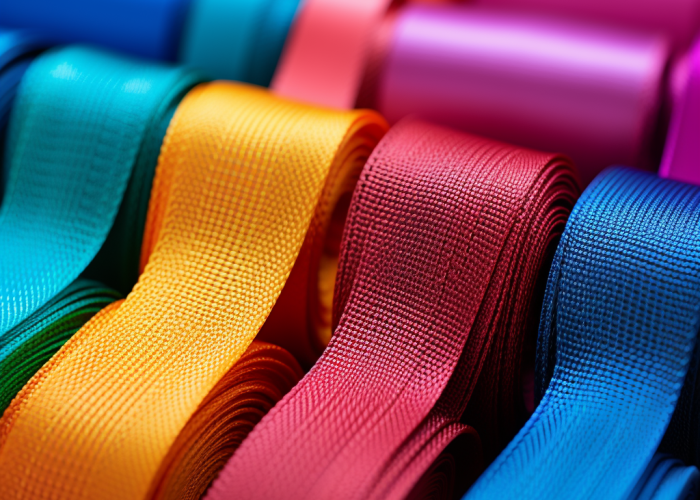
Custom webbing color matching achieves ±2.0 ΔE*ab deviation from specified colors using spectrophotometer measurements and controlled dyeing processes.
Quick Overview:
Color Matching Performance Based on our production data, spectrophotometer measurements ensure ±2.0 ΔE*ab color deviation meeting precision requirements for camouflage and branding applications. Our color laboratory achieves colorfastness ratings of 4-5 on Grey Scale with accelerated weathering validation for long-term color stability across production batches.
Application Focus Complex camouflage patterns require precise color gradients and detail reproduction for tactical effectiveness. Commercial branding applications need consistent color reproduction for brand identity and market recognition. Outdoor equipment requires superior colorfastness to maintain appearance under UV exposure and environmental conditions.
Our color laboratory validates accuracy through spectrophotometer analysis using calibrated equipment. Submit Pantone codes or physical samples to achieve precise color matching with documented color deviation results.
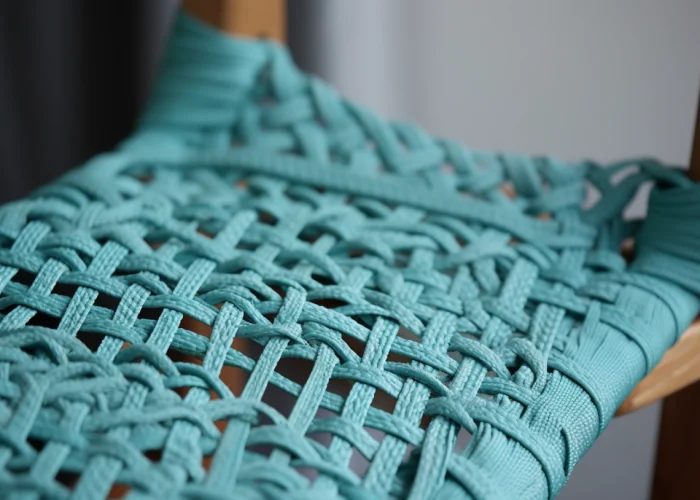
Custom webbing testing follows ASTM D5034 for tensile strength, MIL-DTL-32439 for military synthetic webbing, and ISO standards for dimensional stability and colorfastness verification.
Quick Overview:
Testing Protocols & Compliance Our certified testing laboratory validates breaking strengths exceeding 3,500 lb minimum capacity using ASTM D5034 protocols. MIL-STD-810 environmental testing includes temperature extremes from -65°F to +160°F with humidity resistance verification. ISO 9001 certification ensures consistent quality management throughout production processes.
Military Applications: Require MIL-DTL-32439 compliance, MIL-STD-810 environmental testing, and ITAR certification for defense manufacturing. Commercial Applications: Need OEKO-TEX® Standard 100 for consumer safety, REACH compliance for European markets, and ISO 105 colorfastness testing.
We deliver compliance-ready custom webbing with certified laboratory results and full traceability documentation—submit your testing requirements to ensure regulatory approval for your specific application.
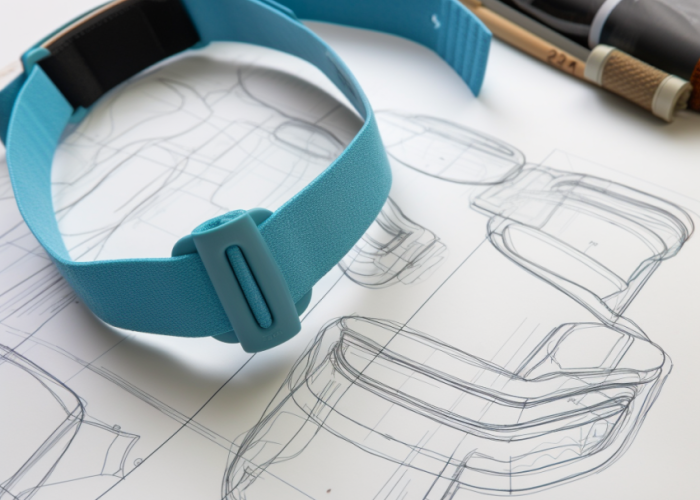
Custom webbing minimum order quantities start at 500 yards for digital printing methods and 2000 yards for standard dye sublimation and screen printing processes.
Quick Overview:
Order Planning Strategy Based on our production economics, digital printing accommodates 500-yard minimums ideal for prototype development and design validation. Standard production minimums of 2000 yards achieve cost efficiency for commercial launches. Large-scale orders exceeding 5000 yards provide maximum cost advantages and priority scheduling.
Prototype development benefits from lower digital minimums for testing phases. Commercial production typically orders 2000-5000 yards for product launches and inventory management. Volume orders receive preferential pricing and scheduling priority.
Our production planning team provides volume-based pricing analysis and scheduling recommendations to optimize your procurement strategy and budget requirements.
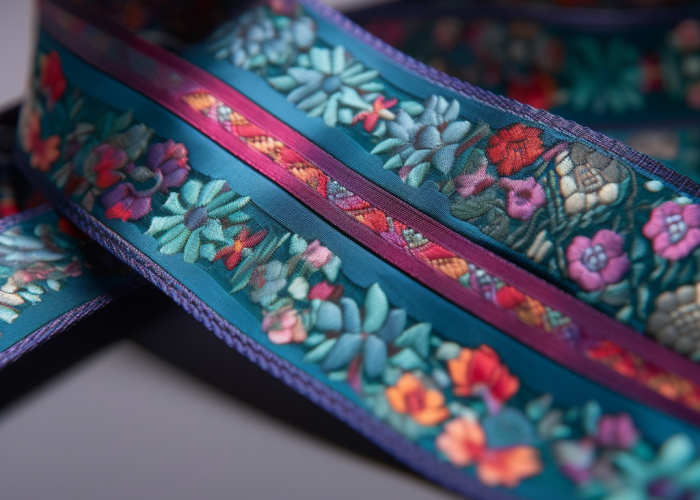
Custom webbing production requires 3-8 weeks for standard orders, with additional 7-10 days for specialized treatments and testing requirements.
Quick Overview:
Timeline Management With extensive contract manufacturing experience, standard orders require 3-8 weeks from specification approval to delivery. Specialized treatments add 7-10 days for protective coatings and environmental testing protocols. Digital printing orders complete faster due to simplified setup processes, while complex dye sublimation patterns require additional processing time for pattern registration.
Rush orders accommodate urgent project deadlines with expedited processing but require premium pricing. Standard lead times allow optimal cost management and quality assurance. Design complexity and volume directly affect production scheduling and delivery timelines.
We deliver precision-manufactured webbing meeting exact specifications—submit your timeline requirements for detailed production scheduling and milestone tracking coordination.
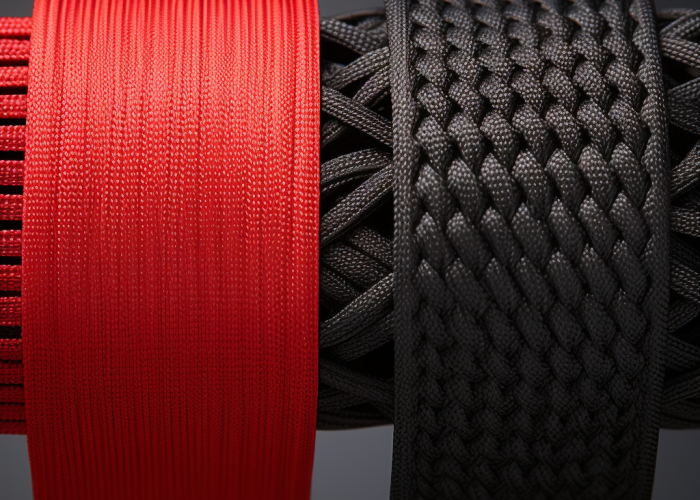
Custom webbing ordering success requires precise documentation, appropriate method selection, and early manufacturing consultation. Dye sublimation delivers optimal pattern quality while proper testing ensures compliance standards. We provide engineering consultation and technical partnership throughout specification development, production planning, and quality assurance for optimal webbing solutions.
Pricing and lead time depend on:
Material type & testing: Specialty materials or MIL-SPEC validation can add 1–2 weeks to production time
Military orders require compliance with MIL-DTL-32439, ITAR registration for defense exports, and ISO 9001 for quality management. Environmental durability must be validated through MIL-STD-810 testing for resistance to temperature extremes, humidity, and other field conditions.
Custom-dyed webbing rated 4–5 on the Grey Scale typically retains visual color stability for 2–3 years outdoors. Accelerated UV testing shows minimal fading (≤±3.0 ΔE*ab) after 1,000 hours of simulated sun exposure, meeting requirements for outdoor and tactical gear.
Dye sublimation bonds color into the fiber structure, providing superior UV and wash resistance (500+ cycles), ideal for long-term use. Screen printing is better for abrasion resistance but may degrade after 200–300 washes, depending on ink and base material.
Yes—when using dye sublimation on polyester or nylon, patterning does not reduce tensile performance. Properly processed patterned webbings match solid-color versions in breaking strength and maintain required colorfastness ratings for outdoor durability.
Custom webbing for load-bearing use must meet ASTM D5034 tensile strength standards (≥3,500 lb breaking capacity) and MIL-DTL-32439 for synthetic military webbing. Safety factors typically range from 5:1 for static loads to 10:1 for dynamic or life-critical systems, depending on application and industry regulations.